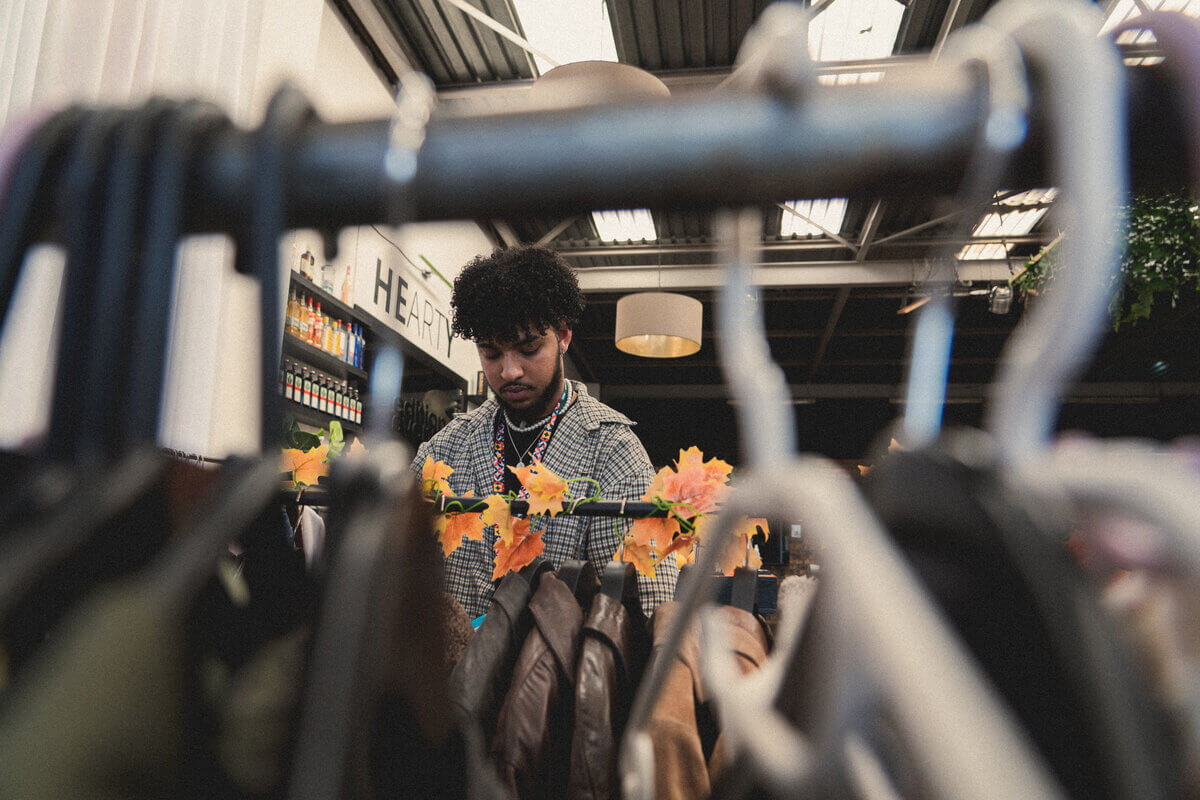2023 is set to be another challenging year for retailers around the world. From the unabated growth of eCommerce (surprise!) and the social media platform that’s changing the way businesses connect with their customers, to conscious consumerism, businesses of all sizes, across all industries will be affected.
Here are the 6 trends that will have the biggest impact on the way you do business, plus ways to adapt your business accordingly:
1. The eCommerce boom is here to stay
Now that consumers’ eyes have been opened to the ease and immediacy of shopping online, their infatuation with buying goods and services online has bloomed into an ongoing love affair, to the tune of not billions, but trillions. Statista reports that the eCommerce industry is set to hit $8.1 trillion in 2026 – up from $5.7 trillion in 2022. While brick-and-mortar stores aren’t going anywhere just yet, very few businesses don’t stand to benefit from some sort of eCommerce offering. Reaping the rewards of eCommerce has also become easier than ever. Gone are the days of having to spend an inordinate amount of time and money building an online store; today, you can set up and operate an eCommerce store in a matter of hours.
Here’s how you can reap the rewards:
The longer you sleep on adding an eCommerce offering to your business, the more money you lose out on. #facts. Luckily for you, we have all the insights and info you need to master every single aspect of trading online. (Seriously, we’ve covered all of it). Explore it here.
2. TikTok is now the star of social commerce
No longer the sole property of Gen Z, TikTok is now the power player in social commerce. In fact, it’s claimed the title of the app with the highest consumer spend with total revenue in 2021 up by an astounding 77% in just one year. Today, TikTok is home to a multitude of communities and content of all kinds. For example, Finance TikTok (who knew?!) grew by 255% as reported by Hootsuite: “Compared to 2020, views for videos tagged #NFT grew by a brain-melting 93,000%”. If businesses in the financial sector can grow and captivate audiences on TikTok, you can too.
Selling goods or services directly from TikTok is not currently available in South Africa, but, TikTok for Business is – giving you access to performance features and creative tools to grow your brand on the platform – crucial ingredients that will help you to establish and grow a following. To convert your following into revenue, direct followers to a link in your bio that directs them to your online store..
Make TikTok work for you by:
- If you haven’t had a chance yet, read our blog about using TikTok to grow your business. here.
- Spend some time on the app to explore how similar businesses engage with their audience. While you’re at it, come and say hi to us.
- Sign up and familiarise yourself with TikTok for Business.
- Come up with a content plan encompassing various formats.
- Reiterate until you’re reaching the right audience.
3. A growing demand for sustainable, eco-friendly packaging
As global efforts to curtail our impact on the environment become more urgent than ever, consumers are increasingly voting with their wallets. Shoppers are consciously choosing ethical and sustainable brands over those that employ carbon-heavy and exploitative practices. As the eCommerce industry’s largest source of carbon emissions, packaging is now under scrutiny by consumers. According to The 2022 Sustainable Packaging Consumer Report by global packaging supplier Shorr, “76% of the shoppers surveyed have made a conscious effort to purchase more sustainable products in the past year”. Importantly, 86% of respondents indicated that they are more likely to buy from a company that uses sustainable packaging. The demand for less wasteful packaging extends across both online and physical retail, and will continue to grow in importance in the eyes of the consumer.
Appeal to the conscious consumer (and show the planet some love) by:
Being transparent about your contribution to sustainability is crucial if you want customers to hand over more of their hard-earned Rands. Taking a critical look at all of your packaging. Which small local businesses are getting it right? Which products are they using? What are potential options? What does this mean for your budget and product costing? If you cannot absorb the cost of switching to an eco-friendly replacement and need to increase your prices as a result, it’s not necessarily a huge deal. Consumers are willing to pay more for an item that is planet-friendly, so ensure that you explain the reason behind an increase in price and highlight your sustainability efforts in all of your marketing collateral.
4. Supply chain vulnerability and global crises
There’s no getting around the fact that the current state of global affairs is precarious, making for a bumpy ride for retailers everywhere. From the war in Ukraine and shifts in international trade agreements to eye-watering inflation and loadshedding on home soil, operating a small business in 2023 is fraught with an extra dose of challenges that are entirely out of your control. This, on top of the fact that consumers now demand supply chain transparency à la “Is this oat milk organic?”, incredible customer support, and a dedication to environmentally friendly practices. Eish. (It’s all good, we’ll be here to hold your hand and share the info you need to not only survive, but ✨thrive ✨.)
Tips for navigating turbulent times:
Overcoming obstacles is that much easier when you adopt a mindset of flexibility, continue to streamline processes and move towards lean ways of operating as much as possible. (Emphasis on ‘possible’). In what’s arguably the biggest challenge for all South African businesses since 2020, your ability to implement a long-term workaround for loadshedding will dictate whether you sink or float. Vasbyting won’t cut it: according to Eskom’s forecasts, loadshedding will continue unabated until 2027. 🤦 Lastly, keep your customers in the loop about delays in delivery, stock shortages, and anything else that will impact their shopping experience. This is crucial to customer retention in the face of upheaval.
5. Data privacy and online safety is top of mind for consumers
In response to growing concern about the ways retailers and social media platforms collect personal data, a slew of data protection laws have recently been implemented. China, Brazil, and the European Union have all introduced policies to protect consumers against the theft and nefarious use of personal information. In Mzansi, consumers are protected by POPIA (Protection of Personal Information Act), yet many companies continue to bombard consumers with spam emails and calls. Don’t be one of them! In addition, a steep increase in online fraud has retailers scrambling to protect themselves and their customers.
How to err on the right side of the law, protect your customers, and foil fraudsters:
- Familiarise yourself with POPIA.
- Use a reputable payment provider (that’s us!) and hosting provider.
- Ensure your website is fully PCI compliant and utilises SSL certificates.
- Implement fraud prevention tools.
- Educate your customers about online fraud and their right to opt out of marketing material.
Read our fraud prevention guide here.
6. A demand for 24/7 customer service
Cut-throat competition and narrowing profit margins due to inflation, coupled with the tightening of consumer purse strings have seen customer experience become the number one brand differentiator. In response, big brands have invested in dedicated support teams that are available around the clock. While this solution is unrealistic for the average small business, a possible alternative is the use of chatbots. For one-person operations, however, providing ‘always on’ support is much more difficult, yet just as important.
How to meet consumer demand for around-the-clock support:
Unless you have the budget and staff, making yourself available to customers at all hours is untenable. Instead, meet them halfway by demonstrating a willingness to assist and engage with customers when and where you can. It’s useful to bear in mind that customers prefer in-person interactions over generic communication – which means that you have a competitive advantage over bigger brands who automate their customer support.
Now that you’ve got the deets about what to expect this year, we’d love to hear about your experience navigating the retail landscape in 2023. Let us know on our socials, (or just come and say hi).



